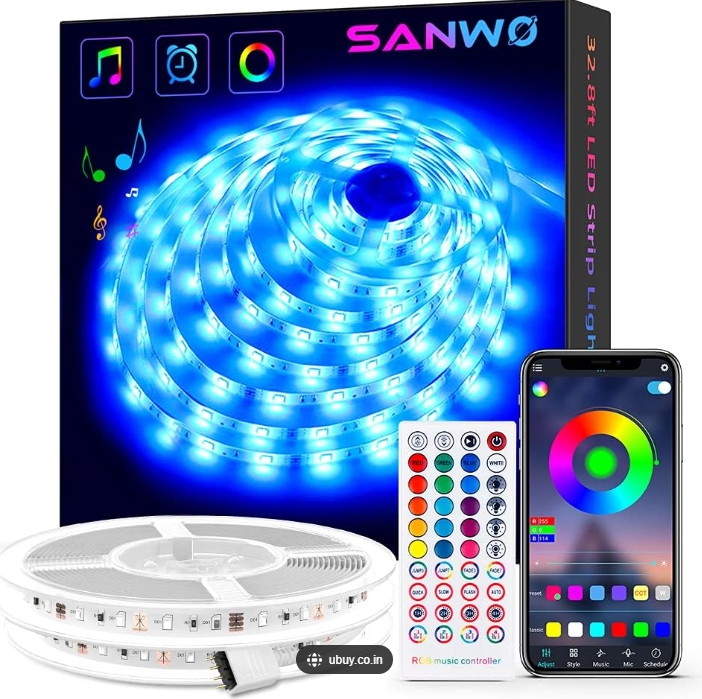Understanding COB LED Strips: Definition, Basics, and Distinctions
The realm of lighting has seen multiple revolutions in recent years, with LED technology at the forefront of innovation. Among the various LED products available in the market, the COB LED Strip stands out as a popular choice. But what exactly is a COB LED Strip, and how does it differ from traditional LED setups? Let’s delve deeper. For detailed information, you can look for LED Strip Light Wholesale to get more information, because they are directly in contact with the LED Strip Light manufacturer, and they know a lot more about strip lights than the average person.
Definition and Basics
What is a COB LED Strip?

COB, or “Chip On Board”, is a method where multiple LED chips are packaged together as one lighting module. When these chips are illuminated, they appear as a single lighting source, which is in contrast to traditional LEDs that can often be seen as individual points of light. A COB LED Strip, therefore, is a strip of these COB LEDs arranged in a linear format, offering uniform and diffused light output.
0 Picture Gallery: Understanding COB LED Strips: Definition, Basics, and Distinctions
COB LED Strips are known for their high-density LED arrangement, which results in a more consistent light output compared to other types of LED strips. They are often used in applications where space is at a premium, but a high-intensity and uniform light source is desired.
How does COB Technology Differ from Traditional LED Setups?
- Density of Light Source: Traditional LED strips consist of distinct diodes spaced apart on a strip, which can sometimes result in visible spots or “dotting” when illuminated. COB LED strips, with their high-density LED arrangement, offer a more even and continuous light, eliminating such issues.
- Heat Dissipation: Due to the compact nature of COB LEDs, they usually produce more heat than traditional LEDs. As a result, they often come with enhanced thermal management features like thicker PCBs or integrated heatsinks.
- Brightness and Efficiency: COB LED strips can offer greater luminous efficacy, meaning they produce more light per unit of energy consumed. This is because of the closer proximity of individual LEDs, which can increase the overall output.
- Durability: The design of COB LEDs often makes them more robust and resistant to external factors compared to individual LED diodes. Their structure allows them to handle higher power inputs without a significant decrease in lifespan.
- Flexibility in Design: Due to their compact design, COB LED strips can be made thinner and more flexible, making them ideal for tight spaces or intricate design applications.
- Color Mixing: Traditional LEDs might have issues with color consistency, especially in RGB strips where individual red, green, and blue LEDs are used. In contrast, COB LEDs can offer better color mixing due to the tight integration of the chips.
In conclusion, COB LED Strips, with their unique design and benefits, are a testament to the ongoing evolution in the world of LED technology. While traditional LED setups still have their place and are widely used in many applications, COB technology offers advantages in terms of uniformity, brightness, and design flexibility. As with any technology, the choice between COB and traditional LEDs will largely depend on the specific needs of the project.
This post topic: Miscellaneous